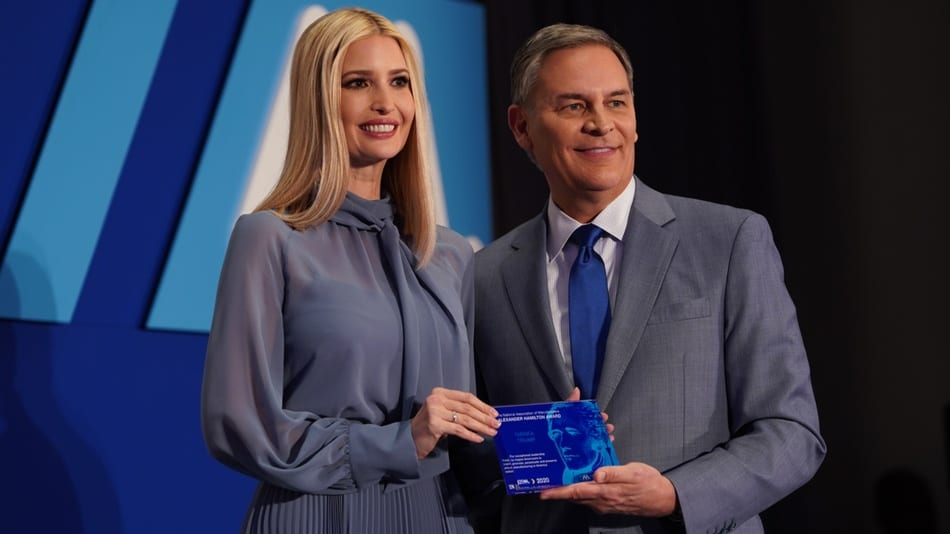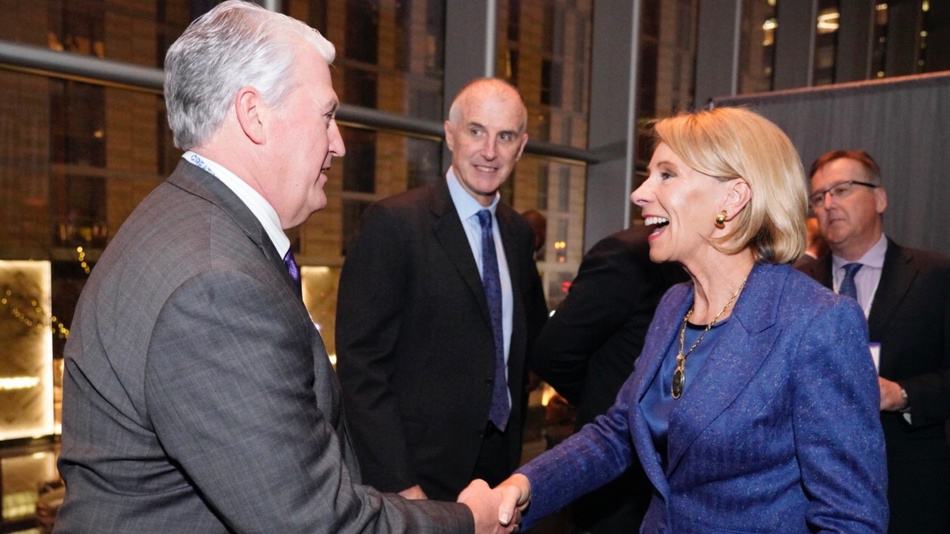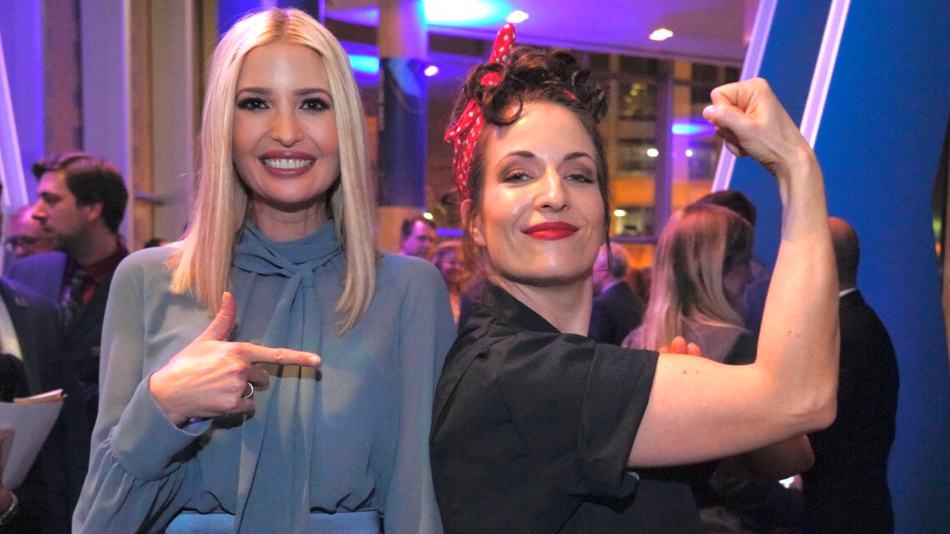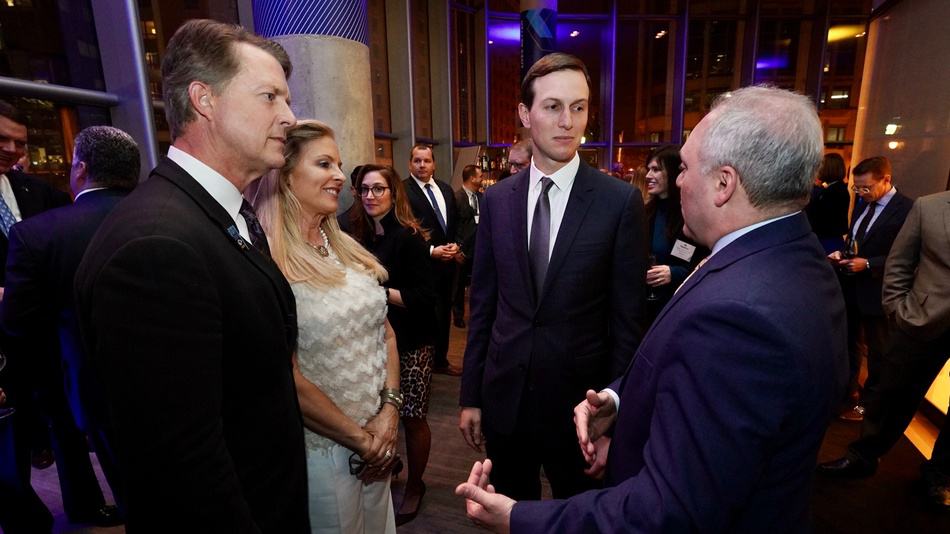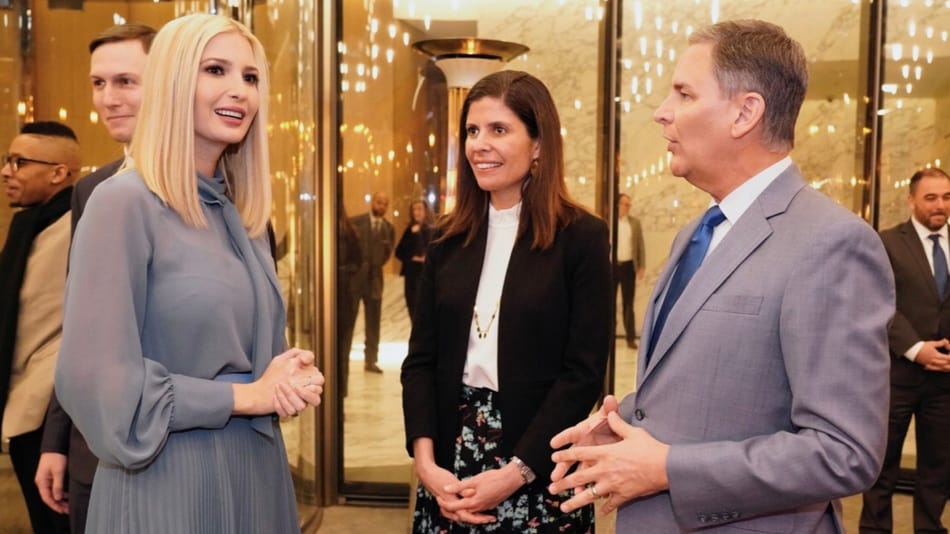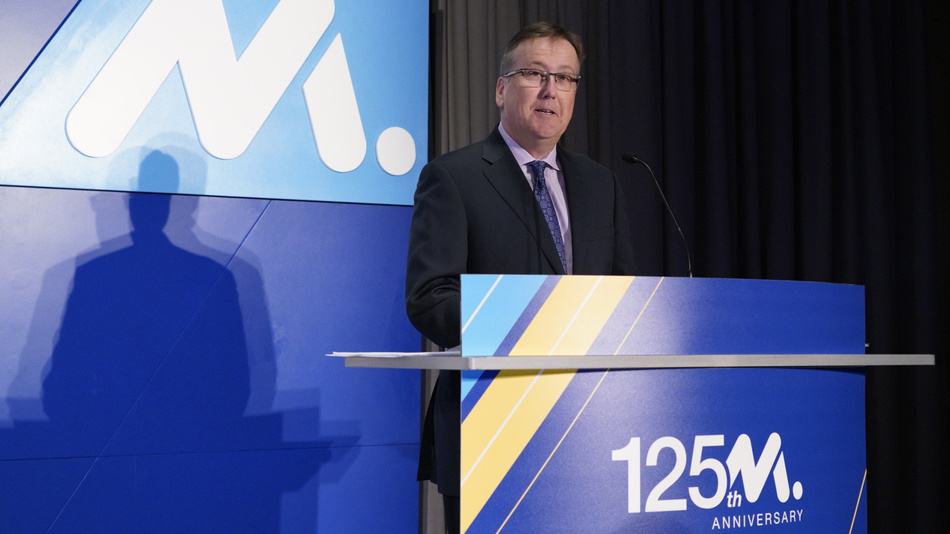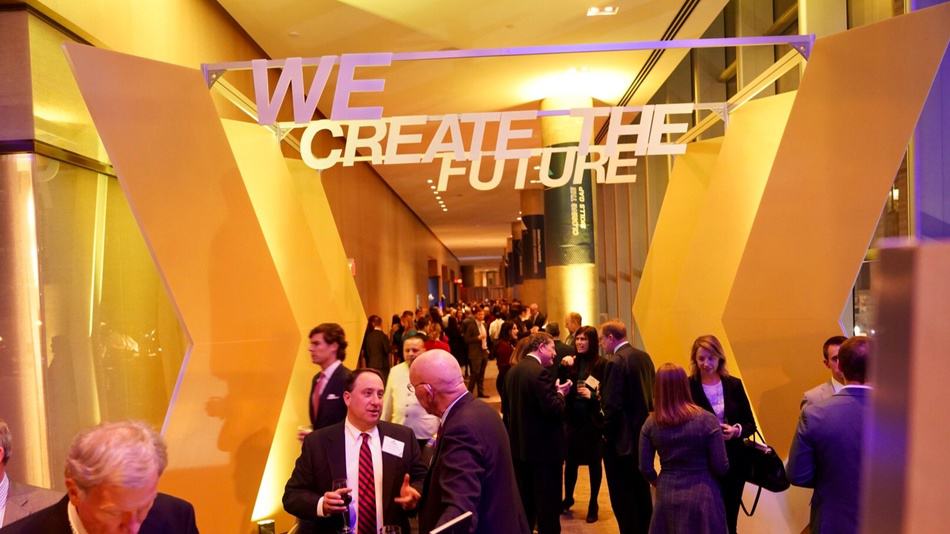Manufacturers’ Survey Reveals Current Industry Impact of COVID-19
Washington, D.C. – The National Association of Manufacturers released the findings of a survey of manufacturing leaders examining the economic and operational impacts of COVID-19. This survey informed the NAM’s “COVID-19 Policy Action Plan Recommendations” released earlier this week, which highlighted key policy areas where legislative and administration action would help combat COVID-19 and future public health emergencies successfully.
Survey highlights include the following:
- 78.3% of manufacturers anticipate a financial impact
- 53.1% of manufacturers anticipate a change in operations
- 35.5% of manufacturers are facing supply chain disruptions
“Already, manufacturers are grappling with disruptions to their businesses due to the COVID-19 outbreak, with many anticipating financial and operational consequences—even before some of the developments of this week. The federal government can take steps to further equip manufacturers to deal with COVID-19 by implementing the NAM’s ‘COVID-19 Policy Action Plan Recommendations,’” said NAM President and CEO Jay Timmons. “Across the country, manufacturers are stepping up to keep their employees and their communities safe and healthy, and working closely with elected officials, we can ensure the resilience not only of our companies but also our country.”
Read the full survey results here.
-NAM-
The National Association of Manufacturers is the largest manufacturing association in the United States, representing small and large manufacturers in every industrial sector and in all 50 states. Manufacturing employs more than 12.8 million men and women, contributes $2.37 trillion to the U.S. economy annually and has the largest economic multiplier of any major sector and accounts for 63% of private-sector research and development. The NAM is the powerful voice of the manufacturing community and the leading advocate for a policy agenda that helps manufacturers compete in the global economy and create jobs across the United States. For more information about the Manufacturers or to follow us on Twitter and Facebook, please visit www.nam.org.
Manufacturers Release Policy Action Plan in Response to COVID-19
“We hope our elected leaders can unite to meet this moment.”
Washington, D.C. – The National Association of Manufacturers is calling on the federal government to take legislative and administrative steps to equip manufacturers to respond to COVID-19 and future public health emergencies, including specific actions in five key policy areas.
“When our country faces difficult challenges, manufacturers strive to be the solution,” said NAM President and CEO Jay Timmons. “For the good of our communities and our country, we are committed to bringing people together as we battle the COVID-19 outbreak. Neither government nor industry can solve this challenge alone. This is a path forward to ensure Americans’ health, our business stability and our economic resilience, and we hope our elected leaders can unite to meet this moment.”
The NAM’s “COVID-19 Policy Action Plan Recommendations” identify five key policy areas where legislative and administration action would help combat COVID-19 and future public health emergencies successfully:
- Keeping Our Workforce Safe and Healthy
- Protecting Our Communities
- Providing Economic Stability
- Encouraging Resilient Growth in the United States
- Encouraging Long-Term Job Growth
Read the full policy action plan here.
-NAM-
The National Association of Manufacturers is the largest manufacturing association in the United States, representing small and large manufacturers in every industrial sector and in all 50 states. Manufacturing employs more than 12.8 million men and women, contributes $2.37 trillion to the U.S. economy annually and has the largest economic multiplier of any major sector and accounts for 63% of private-sector research and development. The NAM is the powerful voice of the manufacturing community and the leading advocate for a policy agenda that helps manufacturers compete in the global economy and create jobs across the United States. For more information about the Manufacturers or to follow us on Twitter and Facebook, please visit www.nam.org.
NAM Honors Ivanka Trump, Launches Creators Wanted to Mark 125 Years
More than $14 million raised so far for “Creators Wanted” campaign
Manufacturers and industry leaders gathered in Washington, D.C., last night with high-profile government officials to celebrate the 125th anniversary of the National Association of Manufacturers and the launch of it and The Manufacturing Institute’s “Creators Wanted” campaign. Hosted by the NAM, the event featured Senior Advisor to the President Ivanka Trump, who received the organization’s inaugural Alexander Hamilton Award, which recognizes leaders who inspire Americans to promote, perpetuate and preserve manufacturing in America.
“Ivanka Trump embodies the collaborative spirit and relentless drive needed to solve manufacturers’ most pressing challenge—the workforce crisis,” said NAM President and CEO Jay Timmons. “Like no one in government has ever done, she has provided singular leadership and shown an unwavering commitment to modern manufacturing in America.”
Other leaders in attendance included Senior Advisor to the President Jared Kushner, Secretary of Education Betsy DeVos and more than a dozen members of Congress from across the political spectrum.
The “Creators Wanted” campaign is an unprecedented, nationwide effort to reshape America’s perception of manufacturing and take on the manufacturing industry’s skills gap. Manufacturing executives are rallying around the initiative—more than $14 million in initial sponsorships will help the campaign engage communities across the country and inspire more Americans to pursue careers in modern manufacturing.
#CreatorsWanted is an opportunity to leverage the manufacturing industry’s unmatched strength to confront the workforce crisis w/ immediate, long-term solutions. Thanks to our sponsors, @ShopfloorNAM & @TheMfgInstitute can secure the industry's future. https://t.co/YkRj2djc9j
— Jay Timmons (@JayTimmonsNAM) February 12, 2020
The “Creators Wanted” campaign will feature an on-the-ground, interactive mobile tour in more than 20 states and a culminating “Making America” festival in Cincinnati, Ohio. By 2025, “Creators Wanted” aims to reduce the skills gap in the United States by 600,000, expand the number of students enrolling in technical and vocational schools or reskilling programs by 25% and increase the positive perception of the industry among parents to 50% from 27% today.
“Since its inception 125 years ago, the National Association of Manufacturers has stood up for the men and women who make things in America,” said Timmons. “Today, manufacturers are keeping our promise to make a difference for our communities and our country. We have set ambitious goals that we intend to exceed. We will keep manufacturing front and center in 2020 and deliver the results our members expect and deserve.”
First FDA-Approved Peanut Allergy Drug Shows Manufacturing Innovation

Last week, the first drug to treat life-threatening peanut allergies was approved by the Food and Drug Administration, offering families and children new protection against potentially deadly reactions.
The therapy, manufactured by Aimmune Therapeutics, opens the door to additional remedies that may change how food allergies are treated and give millions of people the chance to enjoy experiences like plane travel and meals at a restaurant without worrying about dangerous inadvertent exposure or cross-contamination. Aimmune is working on additional food allergy treatments as well, offering hope to individuals who suffer from a range of severe allergies.
This new development is an example of the manufacturing industry’s capacity for innovation, and a reminder of the importance of research and development. Currently, pharmaceutical manufacturers in the United States spend more on research and development than any other industry. With approximately 1,100 facilities in the United States, pharmaceutical manufacturers are leading a period of significant medical breakthrough.
“As the employers of nearly 13 million Americans, manufacturers care deeply about lowering the cost of health care—and as the innovators behind many revolutionary medicines, manufacturers are also committed to delivering lifesaving and life-changing cures for people in this country and around the world,” said Jay Timmons, president and CEO of the National Association of Manufacturers. “In order to continue that work, we need policymakers to take an approach to drug pricing that protects our ability to provide quality health care and spur innovation, not squash it.”
Some approaches to lowering drug prices, such as international price indexing, which is a form of price fixing, would have adverse effects by preventing manufacturers from investing in life-saving innovations. These price controls act as a tax on manufacturers, leaving less money for research and development and fewer investments in potential cures for debilitating conditions and illnesses that affect millions of vulnerable people.
Instead, manufacturers urge policymakers to take more constructive solutions that preserve American innovation and quality of care.
“The men and women who keep U.S. manufacturing facilities running go to work every day with one goal: to keep Americans healthy,” said Timmons. “We know that our elected leaders share that goal as well, but good intentions must be paired with good policy.”
NAM Statement on the 2020 State of the Union Address
Manufacturers: In 2020, Partisan Division Does Not Have to Be a Barrier to Progress
Washington, D.C. – National Association of Manufacturers President and CEO Jay Timmons released the following statement reacting to the 2020 State of the Union address:
“With the historic USMCA, unprecedented China deal, game-changing tax reform and ever-growing regulatory certainty, manufacturers have been given powerful tools to keep investing in our people and our communities. We are ready to join the President in building on this progress and achieve the brighter, more optimistic future he envisioned tonight. It is up to manufacturers to continue keeping our promises—to invest in America, hire American workers and raise wages and benefits, while also providing environmental stewardship alongside economic growth.
“The manufacturing agenda is a post-partisan agenda, and one we have spelled out clearly for candidates and elected leaders in ‘Competing to Win.’ When we agree, as we often did with the President tonight, we will work together, regardless of party. For instance, President Trump is right to issue a bold call to action on infrastructure, and as the USMCA proved, partisan division does not have to be a barrier to progress. On the other hand, we must not curtail our pharmaceutical manufacturers’ ability to conduct vital research and development to cure diseases and fight future epidemics similar to the coronavirus. And on immigration, the solution must be comprehensive, as outlined in the NAM’s ‘A Way Forward.’
“All of us must come together to solve the most pressing challenge facing manufacturers: our workforce crisis. Through the NAM’s historic ‘Creators Wanted’ campaign, we are embarking on a sustained, nationwide effort to reach millions of Americans, to narrow the skills gap and inspire a new generation to pursue the high-tech, high-paying jobs of modern manufacturing.
“For manufacturers, it’s not about politics or personality or process—it’s about good policy, policy that puts us on a trajectory to exceed even our loftiest ambitions. That’s what we expect from our presidents and politicians, and we will hold them accountable, just as we promise to hold ourselves to account as well.”
-NAM-
The National Association of Manufacturers is the largest manufacturing association in the United States, representing small and large manufacturers in every industrial sector and in all 50 states. Manufacturing employs more than 12.8 million men and women, contributes $2.37 trillion to the U.S. economy annually and has the largest economic multiplier of any major sector and accounts for 63% of private-sector research and development. The NAM is the powerful voice of the manufacturing community and the leading advocate for a policy agenda that helps manufacturers compete in the global economy and create jobs across the United States. For more information about the Manufacturers or to follow us on Twitter and Facebook, please visit www.nam.org.
Timmons Touts 2020 Priorities During State of Manufacturing Address
Last week, National Association of Manufacturers President and CEO Jay Timmons delivered the 2020 State of Manufacturing Address at Vermeer Corporation in Pella, Iowa, highlighting the NAM’s policy agenda and laying out manufacturers’ priorities. Coinciding with the 125th anniversary of the founding of the NAM, the livestreamed Address kicks off a yearlong focus on the association’s contributions to manufacturing and its work to strengthen the industry going forward.
“The story of the past 125 years is one of manufacturers…changing our country for the better, and being the solution,” said Timmons. “That’s our calling for the next 125 years.”
Timmons honed in on Creators Wanted, an unprecedented campaign led by the Manufacturing Institute, the NAM’s workforce and education partner, to attract a new generation and change the industry’s perception. This spring, the Creators Wanted Tour is expected to engage more than 250,000 Americans with high-tech manufacturing and reach more than 15 million people online. The tour stops will build momentum for the Making America Festival in Cincinnati in September. Timmons also announced major Creators Wanted sponsorships from Vermeer and neighboring Iowa manufacturer Pella Corporation.
At the event, the NAM released its “Competing to Win” agenda, a detailed roadmap for candidates and elected officials. Representing 12.8 million men and women who make things in America—from small business owners to global companies in every industrial sector—Timmons called for the nation to support leaders who stand for free enterprise, competitiveness, individual liberty and equal opportunity.
After the Address, Timmons participated in a panel with Vermeer’s President and CEO Jason Andringa, moderated by NAM’s Senior Vice President of Communications and Brand Strategy Erin Streeter. They further emphasized the role business leaders should play in helping unify the nation, the success of manufacturers’ trade agenda and Andringa’s ability to make unprecedented investments in his business due to tax and regulatory reform.
“Manufacturers like us are proud to offer rewarding careers, to support our community and to strengthen our country,” said Andringa. “Like millions of men and women across the United States, we are committed to building a better future—and today, we’re more optimistic than ever about what that future holds.”
View a photo gallery from the event.
Want to help shape the future? Learn how to get involved in our Creators Wanted campaign, and read Competing to Win, our policy blueprint for candidates and elected officials.
Timmons Delivers 2020 NAM State of Manufacturing Address in Iowa
Speech Marked 125th Anniversary of NAM’s Founding and Highlighted ‘Creators Wanted’ Campaign to Address Growing Workforce Shortage
Washington, D.C. – National Association of Manufacturers President and CEO Jay Timmons delivered the eighth-annual NAM State of Manufacturing Address today at equipment manufacturer Vermeer Corporation in Pella, Iowa. Speaking to Vermeer Corporation employees, business and community leaders and local manufacturers, Timmons highlighted the NAM’s ambitious plan to address the industry’s growing workforce crisis with the groundbreaking, multimillion-dollar “Creators Wanted” campaign.
In his remarks, Timmons said:
“For 125 years, your NAM has led the business community and fought for all who make things in America. And all of you in this room, and the 13 million men and women in our industry, some of whom are watching today, are part of the storied history of building an exceptional nation. And Vermeer, this very company, embodies the story of manufacturers’ progress.”
. . . .
“In this pivotal year, the NAM and The Manufacturing Institute, our workforce and education partner, are setting out on an unprecedented campaign to inspire a new generation—and tell the real story of our industry. . . . Our historic effort, called “Creators Wanted,” is a capital campaign that will support the programs of the Manufacturing Institute—including the STEP Women’s Initiative, youth engagement and Heroes MAKE America, which trains our returning servicemembers for high-paying manufacturing jobs.”
. . . .
“Just yesterday, in his remarks at the World Economic Forum, President Trump touted manufacturing’s growth and success during his presidency. As I’ve said before, from tax reform to regulatory certainty to leveling the playing field, promises made to manufacturers have been promises kept—and the employment and output numbers show it.”
. . . .
“Here’s what I will say about this election . . . It’s not the label next to a candidate’s name—whether an “R,” a “D” or an “I”—that determines whether he or she will be a good president or even a good member of Congress. The test is whether he or she will work to uphold the values that make America exceptional. These are the same four values, the same four pillars, that make our industry’s success possible.”
Timmons also noted the generous contributions made by Vermeer and Pella Corporation to the NAM’s Creators Wanted campaign.
“And I am proud to announce today that Vermeer Corporation, along with your foundation and Mary and Dr. Dale Andringa, have contributed $100,000 to this cause. And another local manufacturer, Pella Corporation, is also leading by example with a $100,000 contribution of their own,” said Timmons.
Vermeer Corporation President and CEO Jason Andringa thanked Timmons for his visit and the NAM’s commitment to ensuring the long-term success of manufacturing in the United States.
“Thank you to Jay Timmons and the National Association of Manufacturers for visiting Vermeer Corporation and recognizing the incredible work of our team members and manufacturers across the country,” said Andringa. “These men and women truly demonstrate the impact our industry makes every day and represent the success of American manufacturing.”
To read the full address, click here.
-NAM-
The National Association of Manufacturers is the largest manufacturing association in the United States, representing small and large manufacturers in every industrial sector and in all 50 states. Manufacturing employs more than 12.8 million men and women, contributes $2.37 trillion to the U.S. economy annually and has the largest economic multiplier of any major sector and accounts for 63% of private-sector research and development. The NAM is the powerful voice of the manufacturing community and the leading advocate for a policy agenda that helps manufacturers compete in the global economy and create jobs across the United States. For more information about the Manufacturers or to follow us on Twitter and Facebook, please visit www.nam.org.
Manufacturers Call for Swift Action on Data Privacy
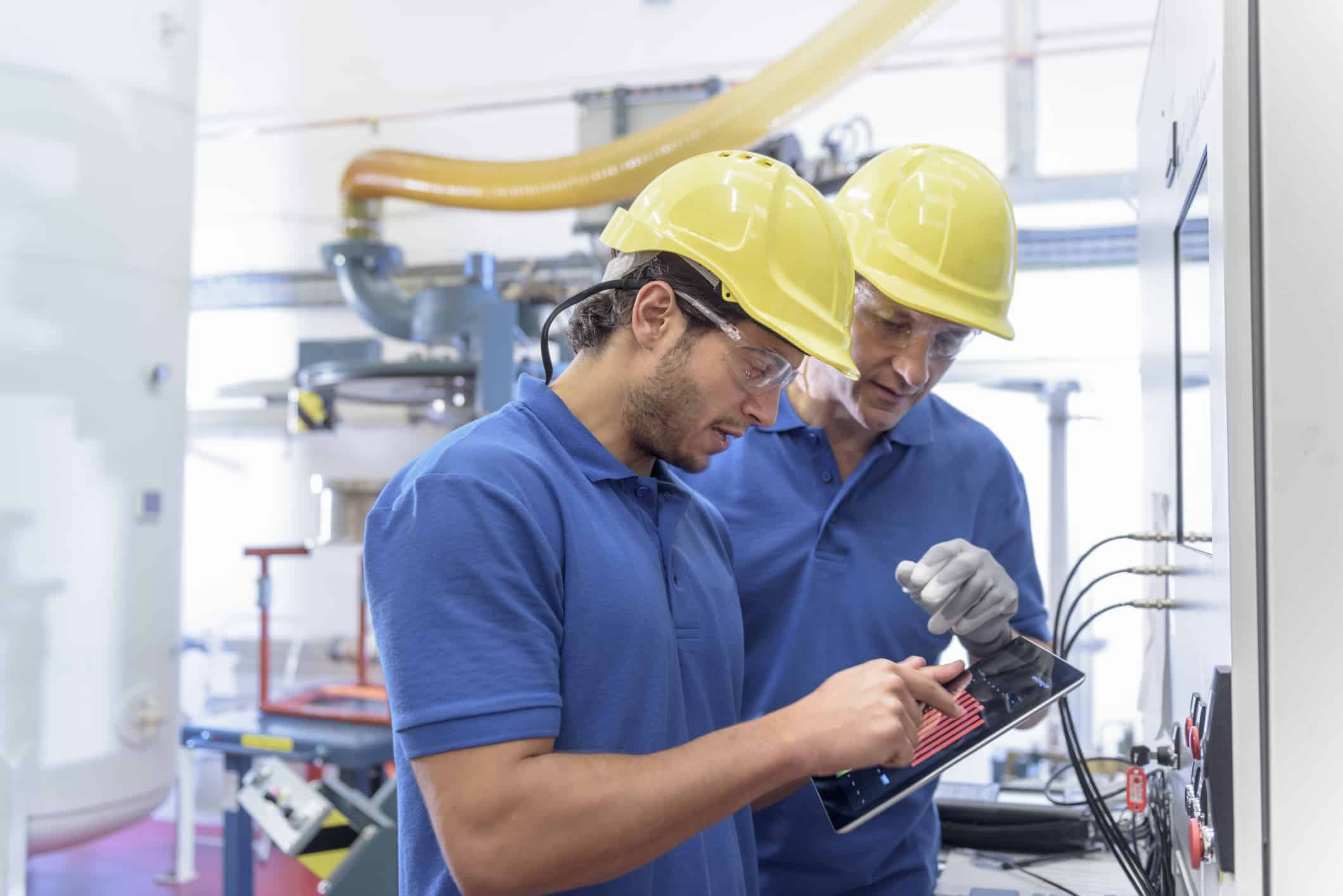
California’s new sweeping data privacy law will go into effect in the New Year, highlighting the need for Congress to act quickly on federal legislation to provide certainty for the manufacturing industry. While manufacturers work to comply with the California Consumer Privacy Act, the industry is also concerned that other states will pursue their own privacy legislation, creating a patchwork of laws. Complying with conflicting state privacy laws will be costly for manufacturers, but a national approach to data privacy will strengthen manufacturers and support consumers.
Congress recently examined various approaches to federal consumer data privacy legislation at a hearing before the Senate Committee on Commerce, Science & Transportation. Industry took the opportunity to call for swift action.
“U.S. privacy law has generally failed to keep pace with advances in technology and to provide Americans with the protections they want and need in this digital age,” said Julie Brill, Microsoft’s Corporate Vice President, Deputy General Counsel, and Chief Privacy Officer. “Today more than ever, there is an urgent need for a comprehensive U.S. privacy law that provides strong protections for all consumers in the United States within a framework that enables human ingenuity and American innovation to continue to thrive.”
Echoing Microsoft’s call, the National Association of Manufacturers underscored the need for congressional action to support manufacturers in a letter to the Committee. Manufacturers are developing innovative products and transforming the manufacturing process with the latest technologies, and data is an important source and by product of these breakthroughs. Manufacturers use data to improve efficiency, safeguard plant security and improve customer experience.
State-by-state privacy requirements would create burdensome regulations that hinder the development of new technologies and products. According to NAM’s Director of Innovation Policy Stephanie Hall, federal legislation would streamline the compliance picture for manufacturers while advancing individuals’ privacy and promoting U.S. industrial competitiveness.
“Manufacturers support a data privacy policy that provides flexibility for innovation, addresses domestic and global inconsistencies in privacy regulations and advances U.S. economic growth and technological leadership,” Hall said. “Without clarity from federal law, uncertainty will continue for our industry, causing manufacturers to sort through conflicting state privacy laws across the country.”
The U.S. is facing a data-intensive future, and manufacturers are leading the development and application of emerging technologies, including automation and artificial intelligence. Congress must act quickly to pass comprehensive legislation that provides uniform privacy rules and helps prepare the U.S. for the next generation of innovative technologies.
Honda’s Rick Schostek on Why Companies Should Focus on the Customer
The NAM’s Makers Series is an exclusive interview series featuring creators, innovators and trailblazers in the industry sharing their insights and advice. Each month, we ask founders, executives and leaders of innovative firms what it takes to be a leader for manufacturers and makers in America.
Meet Rick Schostek, Executive Vice President of Honda North America, Inc. In this edition of NAM’s Makers Series, he explains why focusing on the customer is the key to manufacturers’ success.
Drug Price Controls Threaten Innovation and Patient Health

The United States has a long history of medical and pharmaceutical innovation and leads the world in the development of new treatments and cures. Yet, some policymakers have suggested imposing top-down regulations such as unproven drug importation and index pricing to reduce drug prices. Those actions would put this innovation at risk. The gains were are making today in COVID treatments and vaccines now shine a spotlight on the importance of a market-oriented health care ecosystem that can respond to new and emerging health threats in real-time.
National Association of Manufacturers Vice President of Infrastructure, Innovation and Human Resources Policy Robyn Boerstling explains drug price controls and how they could impact everyday Americans.
What’s the problem with price controls?
Everyone agrees with the goal of reducing the costs of health care—and prescriptions in particular. The question is how to get there. One way we know will not work is via government-imposed price controls or other arbitrary measures. Non-market-based approaches like this are antithetical to the free enterprise system that forms the bedrock of our economy and way of life. Once we allow the government to run negotiations on our medicines, the government will have an even stronger incentive to run our health care—and that is exactly what many who support price controls like this would like to see.
Why is this important now?
We are in a period of tremendous breakthroughs and medical discovery, led by pharmaceutical manufacturers in partnership with the National Institutes of Health, universities and other private groups. Pharmaceutical manufacturers spend more on research and development than any other industry, creating new treatments and cures that have the potential to save and improve millions of lives. In addition to funding R&D up front, pharmaceutical manufacturers also put a sizeable share of their revenue back into R&D so that today’s treatments can help fund tomorrow’s cures. Imposing arbitrary price controls will threaten those investments and undermine a system that is working to save millions of vulnerable people.
How should the new Congress and Administration approach high drug prices?
There’s no doubt that health care costs have been rising too quickly for far too long for American families. Those costs have contributed to wage stagnation for workers and discouraged other investments in the workplace. But we need to address inefficiency, affordability, improved outcomes and flexibility to drive down health care costs without abandoning market-based approaches. Any solutions should be guided by the four pillars that have made America exceptional: free enterprise, competitiveness, individual liberty and equal opportunity.
That will require a comprehensive approach to the various forces that strain the system, recognizing the importance of innovation as a tool to reduce costs and improve health outcomes. Congress and the White House should support patient access to lifesaving medicines—and the American manufacturers and researchers that deliver them—instead of upending American health care in favor of an uncertain future.
